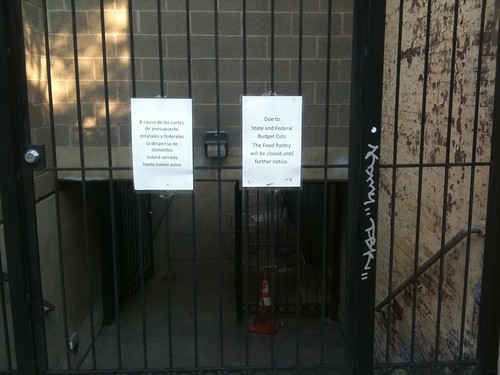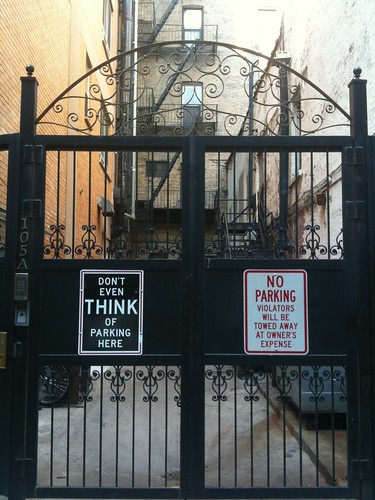 |
Albert Pujols, at potentially his
final game at Busch Stadium
in St. Louis, September 25, 2011
(Ed Szczepanski/Getty) |
|
|
I'll keep this simple, but let me first note that although I'm not a superstitious person (yet grew up around quite a few such folks), I did fear that if I blogged at all about the amazing late-season comeback of the
St. Louis Cardinals, who'd some St. Louis-area media and fans by early August had considered failures, I would somehow jinx their surge. I know, it's utterly ridiculous, but I decided not to post until things had sorted themselves out, and now, here we are, on the final day of the regular season and what a remarkable turn of events has occurred. Yesterday the Cardinals, had made up the 10.5-game deficit they had on August 26 to tie
Atlanta, the National League Wild Card slot leaders, and today St. Louis defeated the Astros today 8-0 behind a complete game shutout by former
Cy Young Award-winner
Chris Carpenter, while Atlanta lost in 13 innings to the
Philadelphia Phillies, the NL East Division winners, to fall out of contention. The Cardinals will now face the Phillies starting on Saturday in a best-of-five series to see who heads to the NL League championship series. In the other NL playoff game, the
Milwaukee Brewers, the surprise NL Central Division leaders, will face the NL West Division leaders, the
Arizona Diamondbacks.
 |
Pujols with Philly and former Cardinal
Plácido Polanco at Citizens Bank
Park, Philadelphia, September 25, 2011
(Jim Redkoles/Getty) |
As astonishing was the American League's parallel, in which the
Tampa Bay Rays experienced a late-season surge and ended up tying the
Boston Red Sox for the AL Wild Card slot. Today would determine either a winner or a playoff for the slot, and as Tampa Bay was poised to lose to the
New York Yankees after being down 7-0, the Rays came back and won it in the 12-inning, defeating the Yankees 8-7. The Red Sox, a mainstream media favorite, had a 9-game lead over Tampa Bay on September 4, but thereafter stumbled, yet still had a chance at least to vie for a one-game playoff to make it into the post-season, yet their star reliever,
Jonathan Papelbon, could not hold a 3-2 lead against the
Baltimore Orioles, and lost the game 4-3. The Rays now face the AL West-leading
Texas Rangers, a team rarely seen in the post-season, while the other matchup will pit the perennial champion
New York Yankees, the AL East Division leaders, against the
Detroit Tigers, who won the AL Central Division.
 |
Pujols breaks his bat
against Chicago Cubs at
Busch Stadium, St. Louis
September 25, 2011
(Ed Szczepanski/Getty) |
A few other notes: the Cardinals have unfortunately not yet signed one of the greatest players ever to grace one of their uniforms,
Albert Pujols, a sure
Hall of Famer, but he has again made a case for them to find the money to keep him. Pujols struggled early on and broke his non-catching hand mid-season, but returned to form by late July, and was trying to continue his career-long streak of at least 30 home runs, a .300 batting average, and 100 runs batted in. He finished the season, his 11th in the major leagues, with 37 home runs, a .299 average, and 99 runs batted in, just points below his empyrean standard. Thus far he has amassed a .329 lifetime batting average and a .617 slugging average, 445 home runs, 1329 runs batted in, and 975 walks. He is only
31. Since he joined the team in 2001 he has played a key role in every Cardinals post-season, including their World Series victory in 2006. They--the Cardinals, the wealthy DeWitt family that owns the team, their partners--must sign him if they want to remain competitive. Without him they'll be hard-pressed to keep up even with the middling teams in their division, let alone better teams across the league.
 |
NY Mets shortstop José Reyes (r)
escorted back onto the Citi Field
lawn by teammate Willie Harris
Flushing, New York,
September 28, 2011 (Jim McIsaac/Getty) |
|
|
|
A pitching rarity seems set to occur. Both the American League and the National League will have pitchers who will qualify for the pitching Triple Crown, which comprising posting the highest win total, most strikeouts, and lowest earned run average. In the AL,
Detroit's
Justin Verlander posted 1970s-style numbers, going 24-5, the first pitcher to win so many games in decades, while striking out 250 (in 251 innings) and posting a 2.40 ERA. He allowed 0.92 walks and hits per inning pitched. Opposing batters hit only .091 against him. The next closest AL pitcher in wins was the Yankees'
C. C. Sabathia, with 19. In the NL, the
Los Angeles Dodgers'
Clayton Kershaw, only 4 years in the majors, went 21-5, tying
Arizona Diamondbacks starter
Ian Kennedy (21-4) for the highest win total, yet bested him by striking out 248 batters in 233.1 innings, with a 2.28 ERA. Kershaw allowed only 0.98 walks and hits per innings pitched, and opposing batters only hit .207 off him. Seldom to pitchers in either league achieve the Triple Crown; the last NL pitcher to achieve it was
Jake Peavy, when he pitched for the
San Diego Padres in 2007, while the last AL pitcher to do so was
Johan Santana when he pitched for the
Minnesota Twins in 2006. The last time pitchers in both leagues achieved this pinnacle in the same year was
1924 (!), when
Walter Johnson did so for the old
Washington Senators in AL, while
Dazzy Vance did so for the
Brooklyn Robins (Dodgers) in the NL. (The only pitcher to win it more than twice remains
Sandy Koufax, who led the NL in all three categories during three of his final four seasons as a Dodger, in 1963, 1965, and 1966.)
 |
Met José Reyes bunts a single in his only at bat against
the Cincinnati Reds at Citi Field, Flushing, NY,
September 28, 2011 (Jim McIsaac/Getty) |
Lastly, another player who may leave his longtime hometeam,
José Reyes of the
New York Mets, won the NL batting title for the first time in his career. The 27-year-old shortstop posted some of the best numbers of his career, hitting .336, scoring 101 runs, and stealing 39 bases. He edged the Minnesota Twin's
Ryan Braun, who finished the day 0 for 4, leaving him with a .332 batting average. Like Pujols Reyes hasn't been signed, and may leave the Mets for more lucrative environs. What a loss his departure would be for his team. In the AL, Detroit's
Miguel Cabrera, a regular sparkplug from his days with the
Florida Marlins, finished the season at .344, putting him ahead of Boston's
Adrian González and Texas's
Michael Young, who both finished at .338. In both cases both leagues had new batting title winners for the second straight season. The AL home run king was
Toronto Blue Jays outfield
José Bautista, who hit 43 this year and had won last year, while the NL saw a new star emerge in the Dodgers'
Matt Kemp, who hit 39 and also was vying for the batting Triple Crown. He finished with a .324 average, but also led the league in RBIs, with 126.
Finally, hits marvel
Ichiro Suzuki of the
Seattle Mariners ended his streak of 10 consecutive 200-hit seasons this year, posting only 184. In 2004 Suzuki broke the single-season record when he gained 262 hits; his final batting average that year was .372. This year he managed only a .272 average, the lowest of his stellar career. His team managed only a 64-95 record, putting them 4th and last in their division, and second-worst in the AL. Only the Twins had a worse record (63-99).
Now let the playoffs begin!
GO CARDINALS! GO YANKEES!








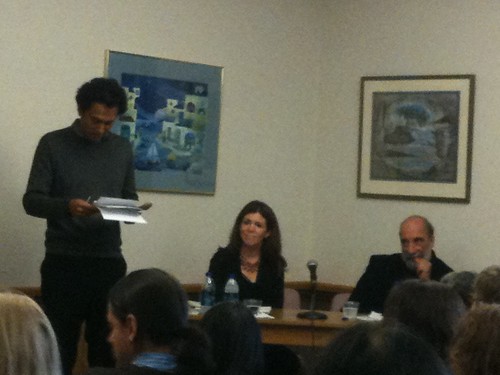
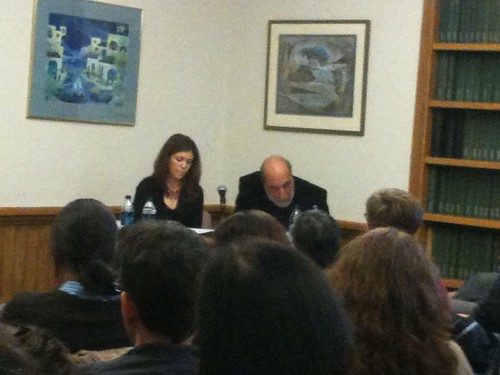

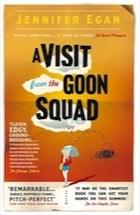















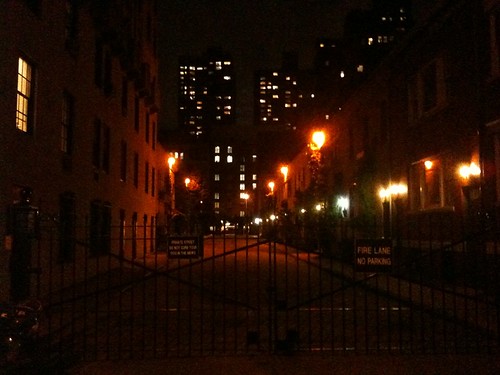
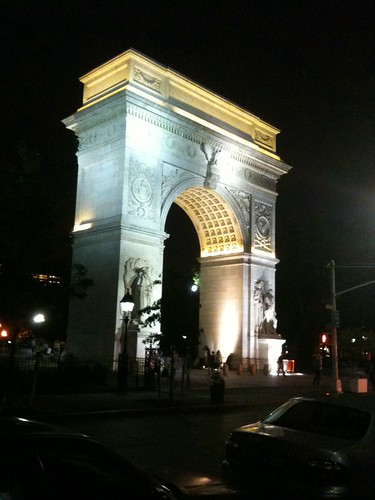
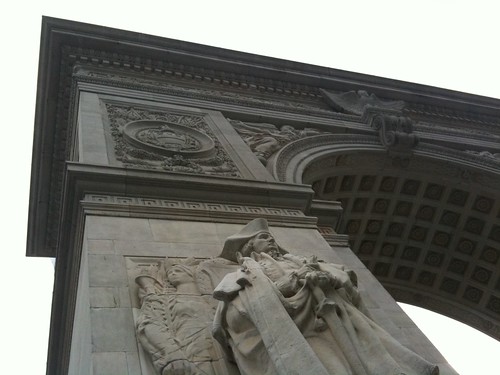
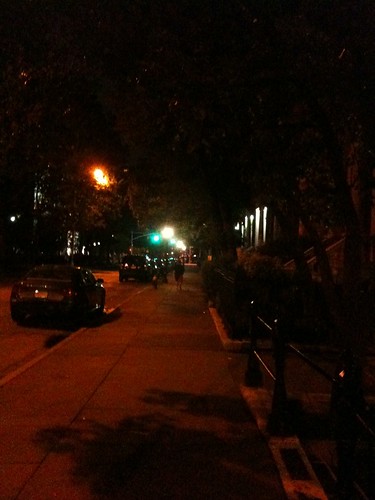
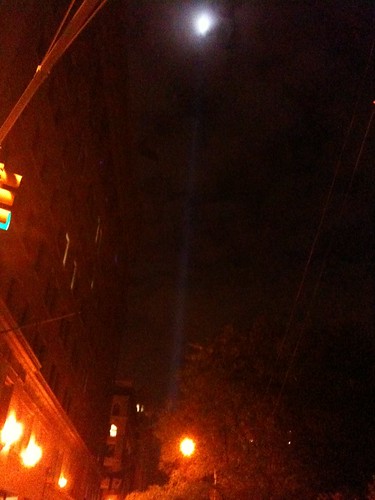
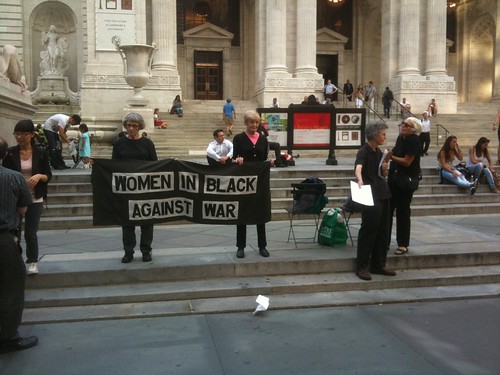
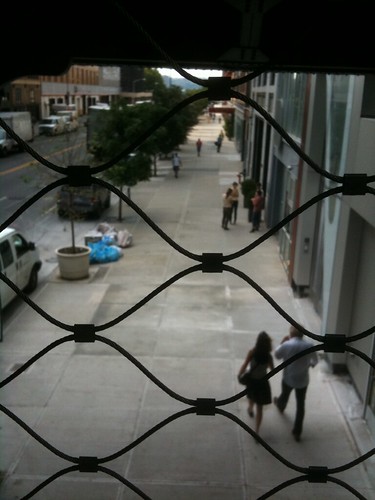
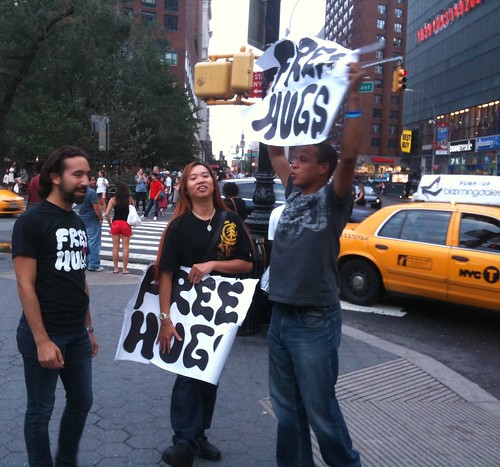






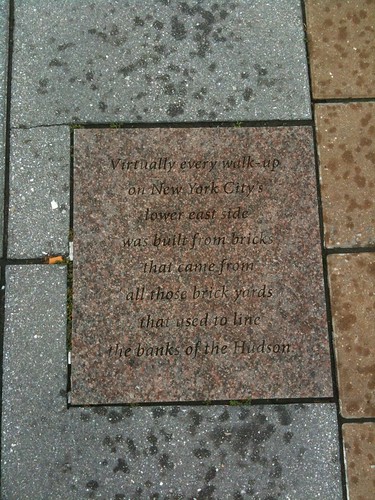


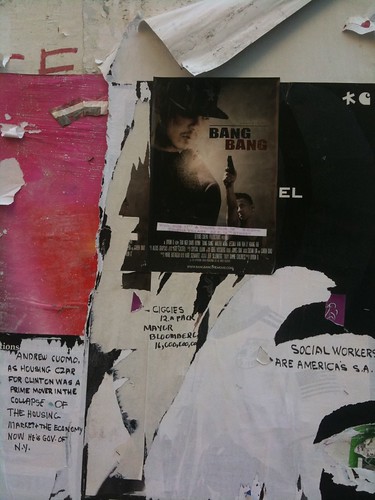


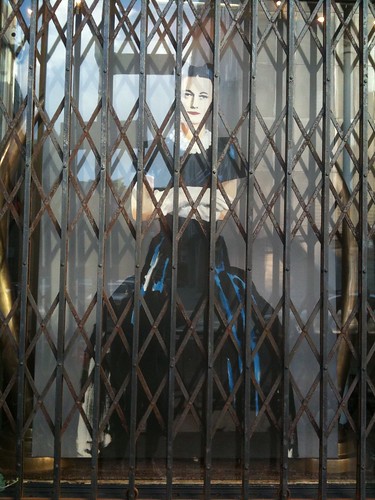
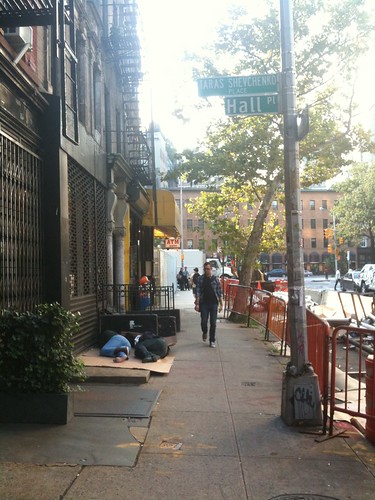
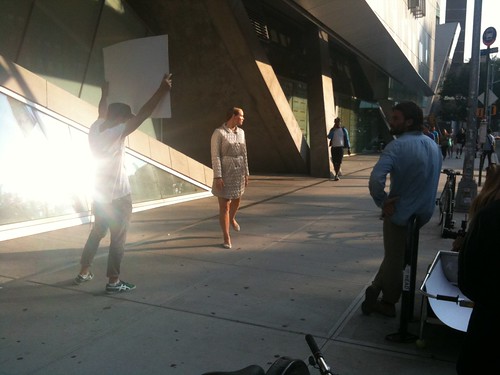
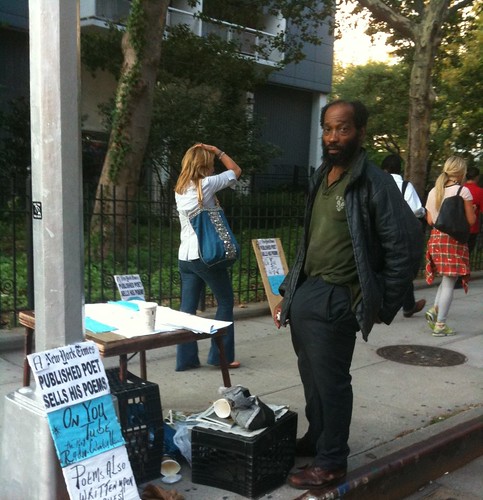

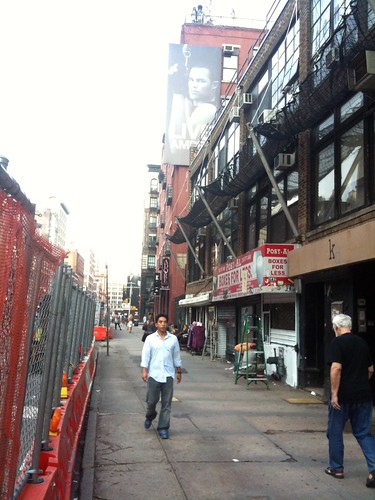
![[Z]ürcher Studio](http://farm7.static.flickr.com/6180/6142404893_f6d41aa81f.jpg)


